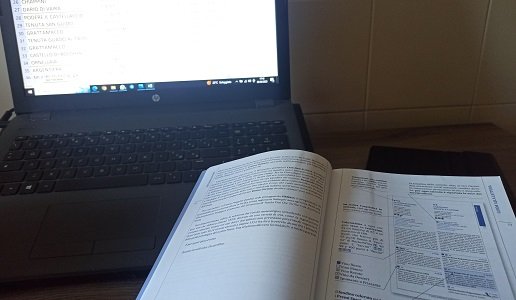Assigning ratings to wines is the most concise way to state their quality but in our Essential Guide to Italian Wine we go beyond this: we describe the wines we evaluate, we say what grapes and aging method were used and offer information and news about the producer. In other words, we add words to the numbers, which should satisfy all those wanting to have a greater knowledge about a wine.
Every year, when we begin the tastings for the Essential Guide to Italian Wine, we also see a discussion on the opportunity of assigning ratings to the various wines. I always maintain that if we assign grades at school and give ratings for public tenders, then there is no reason why we should not assign ratings to wines. All things considered, we are dealing with evaluations and in the examples I just cited above this involves people, something which is much more difficult.
And although the ratings are in numbers, and thus quantitative, it is a bit forced to use them to express quality. And this is above all true when they are applied to people, as evidenced by the ever ongoing debate on giving grades in education, where the choice is between numbers and evaluations.
This is why, even if some people do not like it, we will continue to give ratings to wines on a scale of 0-100 as most people in the world who write about wines do. This is because it is the most immediate and concise way to express an evaluation. But we go beyond this because a rating is only one of the factors of an evaluation. We will describe every wine we evaluate, offering information about the winery and producers. In other words, we will do something much more than just give a rating, a number.
It is a mystery why all our efforts seem to go over the heads of those who criticize the practice of rating wines as if that was the main focus of our efforts.




